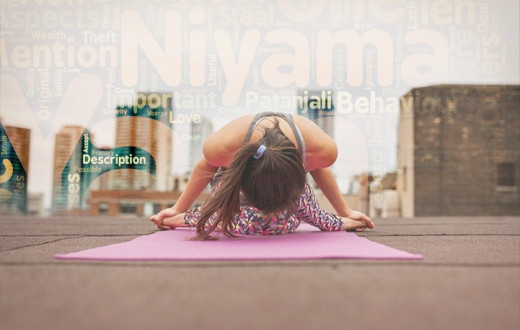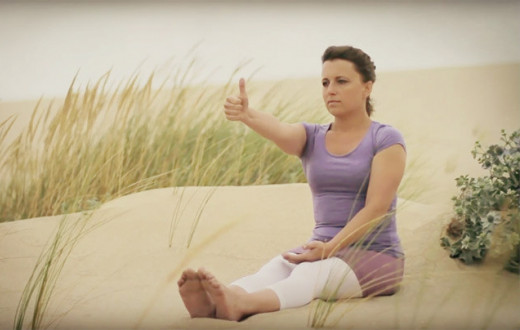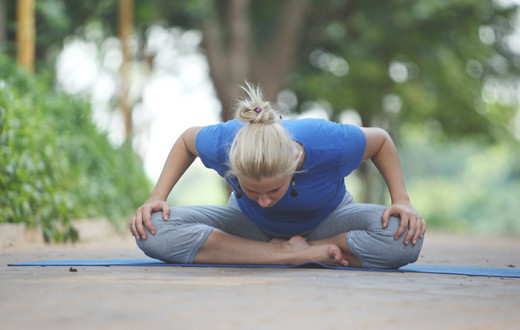Stretching has been an integral part of yoga and also exaltation to the yogis. However, it has invoked several questions among its practitioners, scientists and skeptics. Modern science has nevertheless deciphered the technical know-how behind all the twisting, stretching and bending involved in yoga asanas and how the benefits manifests on the practitioners.
Preventing Tissue Degradation
In the fast-paced age of cubicles and technologies, our lives have become highly restricted in terms of movement and physical exertion. Due to this, our muscles and joints are no longer able to vent outside their comfort zone. People who lead active lives are also in danger of tissue stiffening and degradation, which is attributed to the fact that with age one’s body starts dehydrating and stiffening.
The muscle fibers start developing cross-links in a cellular level with parallel fibers, making them stick together. The fibers are bound up with connective tissues and become stiffer.
Stretching slows this process of dehydration by stimulating the production of tissue lubricants and pulls the interwoven cellular cross-links apart, thus helping the muscles rebuild with healthy parallel cellular structure.
Adding Flexibility
Contrary to popular belief, increase of elasticity by stretching does not affect flexibility of a muscle, which can be stretched to approximately 150 percent of their resting length before tearing. This extendibility enables muscles to move through a wide range of motion, sufficient for most stretches - even the most difficult asanas.
Hence, the trick is not on stretching muscle fiber itself but on increasing the elasticity of connective tissues, the cells that bind muscle fibers together, encapsulate them, and network them with other organs. Yoga helps doing this, which is why it is such an effective method for increasing flexibility.
Releasing Tension
Yoga does far more than keep us flexible. It releases tension from our body (in the form of toxins) and minds, allowing us to drop more deeply into meditation. In yoga, stretching (flexibility) is an attitude that invests and transforms the mind as well as the body.
Stimulation of Connective Tissues
The muscle fascia connective tissue makes up as much as 30 percent of a muscle’s total mass, and accounts for approximately 41 percent of a muscle’s total resistance to movement. Yoga helps separate individual muscle fibers and bundle them into working units, providing structure and transmitting force.
Joint lubrication, improved healing, better circulation, and enhanced mobility are all related to the healthy stimulation and stretching of the fascia muscle.
This set of three asanas helps in healing neck pain through stretching postures:
Shishuasana
Apart from alleviating neck pain and backache, this asana also calms your brain. It stretches the hips, thighs and ankles and makes you feel fresh!
Marjariasana
This beginner level asana massages the back and also adds flexibility to the spine. It is also known to improve digestion.
Natarajasana
While making your muscles more flexible, this asana also takes you to a state of contentment and bliss. Interestingly enough, this is the dancing pose of Lord Shiva. Feel that Shiva tattva everywhere!
Thus it can be said that yogic stretching helps one in keeping physically as well as mentally fit by releasing the tensions and toxins, making one cheerful and focused, and maintaining a sense of well-being!





























